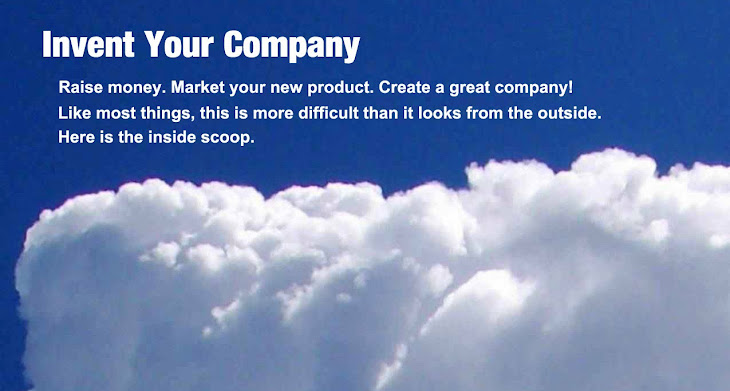The Patent Reform Act of 2011 made a number of changes to U.S. patent law, some of them intended to rein in "patent trolls." Among the latter was the creation of the Patent Trial and Appeal Board (PTAB), which provides a means for an entity to challenge the validity of a patent that--for instance--is being cited in an infringement claim against the entity.
So, how have things turned out so far for patent holders and patent challengers squaring off before the PTAB?
Challenges of patents have been quite prolific since the board was established in late 2012, with more than 1,000 of them filed to date. And so far, the decisions have come down hard on patent holders. The first five decisions all went against the patent holders and so have the large majority of the 20 other decisions issued since then. This has of course caused concern among patent holders, especially smaller entities less able to defend themselves before the Board.
Now, new legislation is working its way through Congress that may give patent-holders a better chance to prevail. Currently, if a patent holder does lose the case with the Board, they may appeal the decision to the U.S. Court of Appeals for the Federal Circuit, and from there, on to the U.S. Supreme Court.


